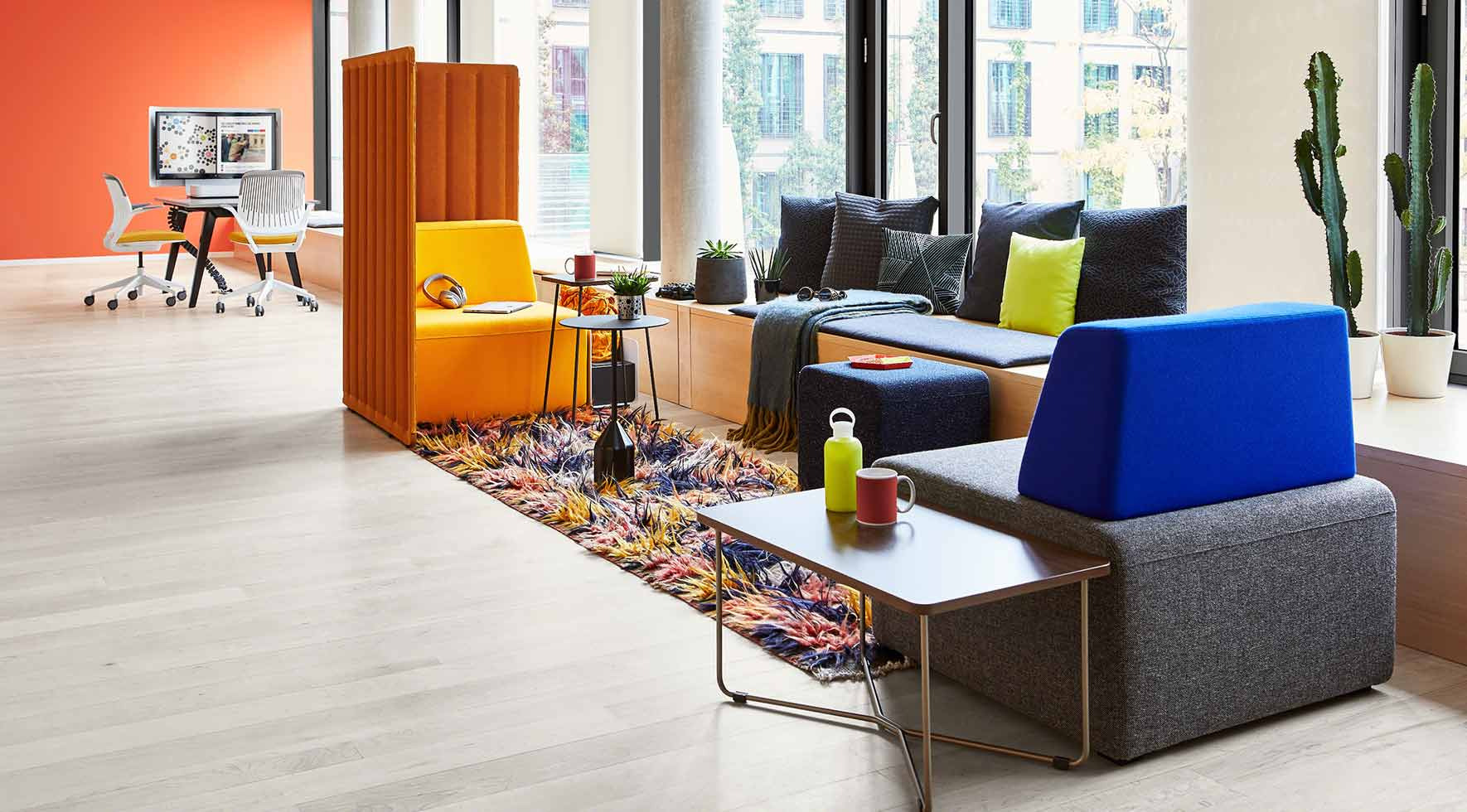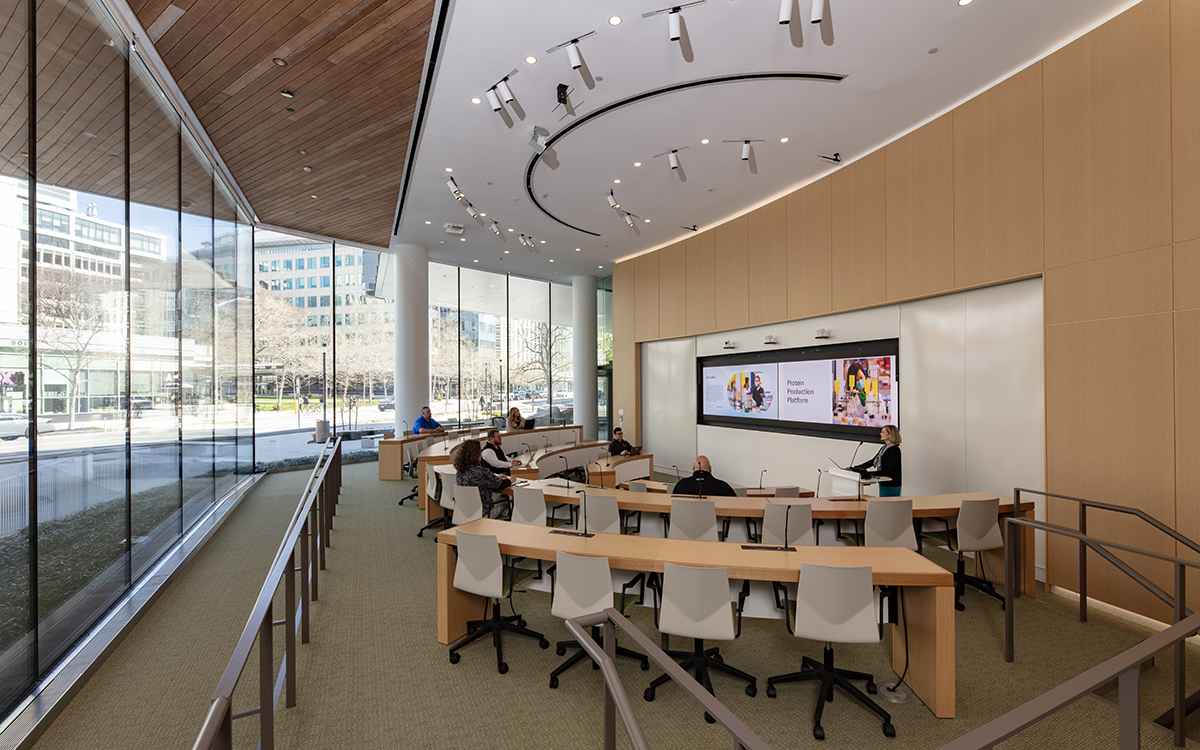Ancillary is a term you may have heard recently with regard to designing a space, but what does it mean? Here we delve into the trends that have impacted the rise in ancillary furniture within the workplace and hospitality sector, its definition, and the three questions you should ask yourself as you compare products.
How has ancillary evolved?
As work evolves, so does the office, and today we work in different kinds of spaces. Companies are trying to attract and retain younger generations of workers who are seeking purposeful work with flexibility to work how they choose in an inspiring environment. Workers are more mobile than ever, want to be able to leave their desks and work in settings that feel more like their living room or favorite coffee shop. The hospitality industry has greatly impacted the corporate world – inspiring companies to create positive experiences for their employees just as high end hotels aim to please their customers. People want places to relax in comfort, put their feet up, and charge their devices. Open, enclosed and shielded environments offer employees choices in terms of the degree of privacy they need at that moment.
What does it mean?
Ancillary is a term used to describe a variety of informal office furniture and accessories that support multiple postures (like sitting, perching, lounging, and standing). In contrast to standard furniture categories like desks, task chairs, and casegoods that are typically found throughout an office in defined parts of the floorplan, ancillary furniture is more for “in-between spaces,” such as lounges, enclaves, lobbies, patios, work cafes, and informal collaborative areas. It also includes lighting solutions and accessories that help to brand a space and make it feel more welcoming.
Ancillary furniture includes:
– Lounge chairs, stools, benches, sofas, and side chairs
– End tables, coffee tables and bistro tables
– Lighting and accessories
What do I need to know about ancillary?
It’s critical when considering ancillary furniture to understand the differences between what you can find at your everyday online retailer and those designed for commercial use. Here are three questions to ask:
- Does it feel good?
Good looking doesn’t always translate to comfortable. While it may be tempting to set aside your physical wellbeing to put your feet up, you shouldn’t have to. It’s important to design your ancillary spaces with ergonomics in mind, allowing them to be both beautiful and comfortable. For example, while it may seem decorative, a firm throw pillow can add lumbar support to lounge pieces and make an elegant space more user-friendly. - Can you plug in?
Did you know that on average, people carry three devices with them during the day? If you don’t consider power needs, people will get frustrated as they stoop under benches or awkwardly reach behind chairs to access outlets. To make it easy, power can be embedded in furniture, or stationed conveniently nearby. You can even run power concealed beneath the floor. You also want to consider how people will be using their technology – for example, is there a table for a laptop at the right height so that someone can comfortably sit, type and see the screen? These are some of the details that make the difference between creating an area for work versus an area to sit. - Will it hold up?
Has it been vigorously tested to meet the demands of a commercial environment? Well-designed ancillary furniture has been rigorously field tested to ensure it can withstand the daily abuse of a workplace. It’s important to invest in quality pieces that will perform today as well as they will years from now.
We hope this has been helpful as you explore ancillary furniture and accessories!






